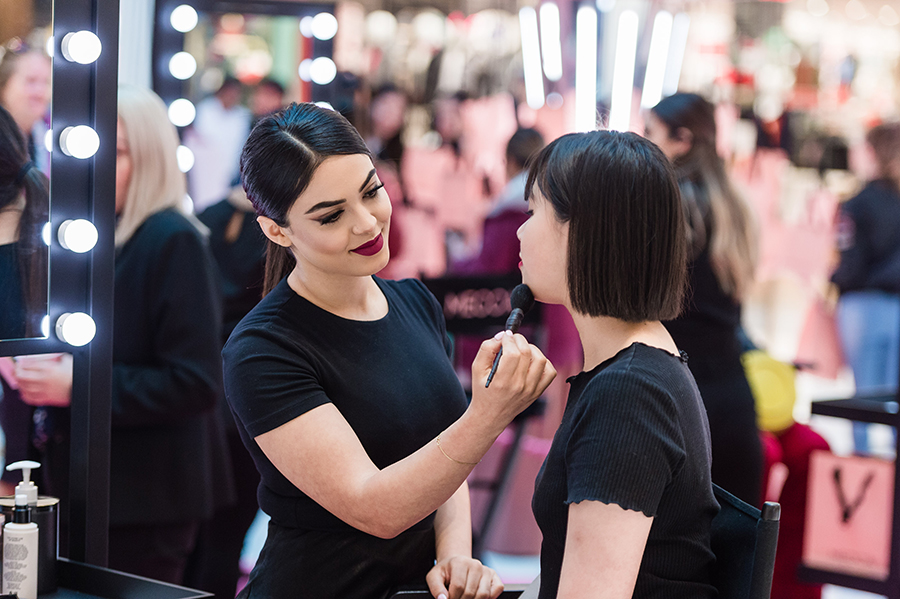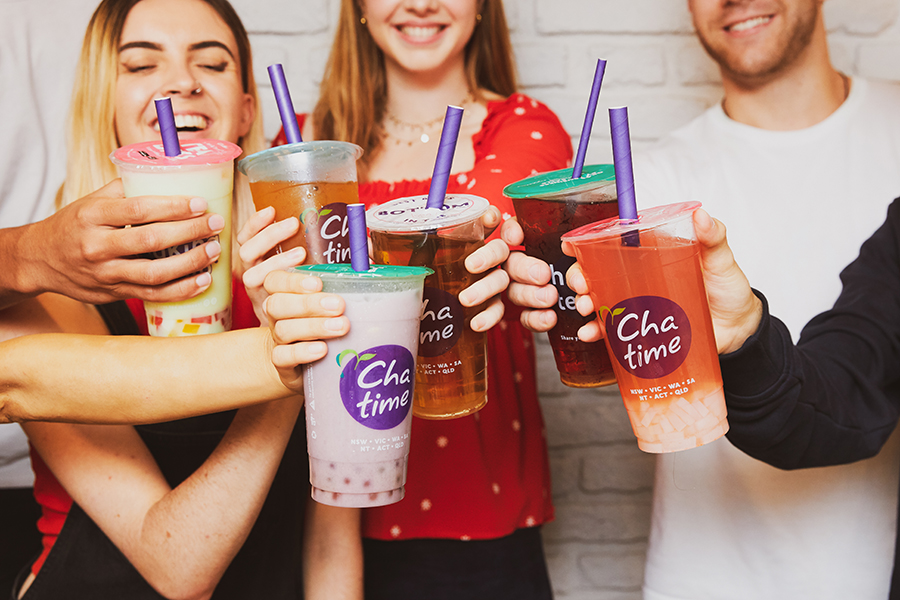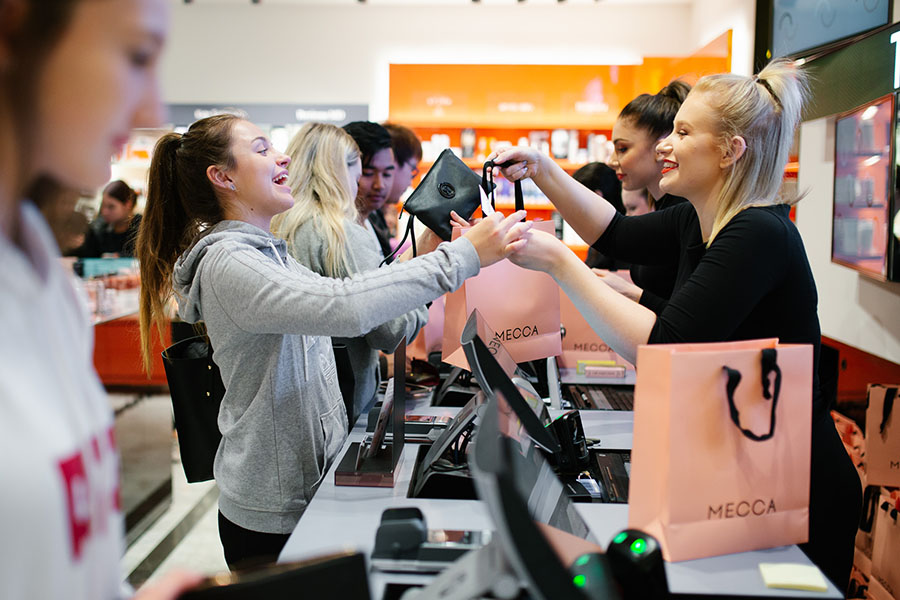According to CBRE’s latest research report, Sydney’s retail landscape is quickly changing as customer experience and consumer demands evolve across multiple industries, alongside a rapidly rising population. The research explores the involvement of bank branches, the beauty industry and bubble tea stores in shaping Sydney’s retail market.
The report highlights a trend of major banks consolidating their branches, with 1,308 closures across Australia’s major cities between 2017 and 2023 –representing a circa 39% contraction. This includes the closure of 424 branches this year.
CBRE Head of Retail Research Amita Mehra said many of the top Australian banks were focusing on larger and more centrally located branches, resulting in the leasing of flagship style floorspace on Sydney’s major strips.
“This consolidation has in turn freed up sought-after city floorspace and created opportunities for retailers to obtain prime retail leases,” Mehra said.
“Our analysis highlights that beauty companies and bubble tea operators have been particularly active with a view to capitalising on shifting shopping and demographic trends.”
CBRE’s report shows that the Australian beauty industry has recorded steady growth over the past decade. The cosmetics segment is expected to reach $5.9 billion by FY28.
While e-commerce has been a key driver, with online cosmetic and perfume sales projected to top $3 billion by FY28. Major beauty brands are pursuing integrated, omni-channel strategies which include experiential bricks-and-mortar stores in high-foot traffic areas.

Mecca is one example, with its George Street store in Sydney’s CBD being the largest beauty retail store in the Southern Hemisphere and the company planning to open an additional 108 stores across Australia and New Zealand over the next three years.
Despite being the largest player in the industry with 16% market share, Mecca represents only 6% of online cosmetics sales. This emphasises their focus on the in-store experience as close to 50% of shoppers still test and colour-match products in physical stores before purchasing online.
CBRE’s Head of Retail Leasing Australia Leif Olson said, “Brand aggregators have provided shoppers with an opportunity to get an overall experience on a larger scale. However, individual enterprises are looking to control the customer experience by opening standalone stores.”
When exploring Sydney’s bubble tea market, the report shows strong potential for growth due to the city’s rapidly growing population and the return of international students.

Sydney’s CBD has 36 bubble tea stores, with 83% belonging to franchises and 17% being independent stores. The concentration of bubble tea enterprises consists of 53% in shopping centres, 33% in strip retail, and 14% in arcades.
“Sydney is forecast to add 1.02 million residents by 2032, largely driven by migration from East Asian countries where bubble tea is highly popular. The high level of leasing enquiry from bubble tea brands proves that the category has not reached market saturation, with significant room for further expansion,” said Olson.
Sydney’s CBD foot traffic and a trend-setting youth consumer base primes the CBD for further bubble tea expansion by both franchises and independents entering this growing market.





















